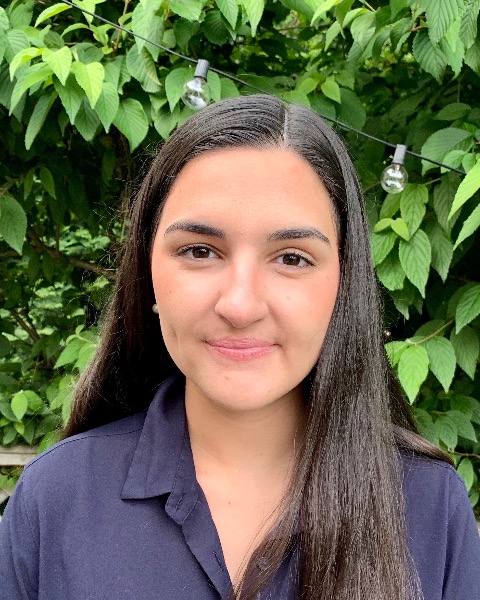Neonatology
Session: Neonatal-Perinatal Health Care Delivery 2 Works in Progress
WIP 43 - Comparison of the Boppli TM Device to Oscillometric Cuff Measurements
Monday, May 6, 2024
9:30 AM - 11:30 AM ET
Poster Number: WIP 43
Publication Number: WIP 43.2512
Publication Number: WIP 43.2512

Phoebe White (she/her/hers)
Medical Student
Tufts University School of Medicine
Boston, Massachusetts, United States
WIP Presenting Author(s)
Background: Accurate blood pressure (BP) monitoring in the neonatal intensive care unit (NICU) is essential for the treatment of critically ill infants. Currently, the two modes of BP measurement in the NICU are the non-invasive oscillometric cuff (NIBP) and the invasive arterial line (IAL). Both methods are subject to inaccuracies in neonates and certain disease states. Missed episodes of hypotension and hypertension with intermittent monitoring may lead to greater mortality. The IAL comes with the risk of infection, ischemia, thrombosis and pain. The NICU has a dire need for a continuous, non-invasive BP monitoring device that can eliminate the challenges with current monitoring devices.
Objective: The BoppliTM is a non-invasive BP monitor that is being validated for use in neonatal population compared to the gold-standard IAL (IRB Protocol #20212338). We hypothesize that the BoppliTM will also be more accurate for measuring arterial BP when compared to NIBP monitoring.
Design/Methods: 19 infants in the NICU were enrolled in the BoppliTM validation study at Tufts Medical Center. The device was placed on the skin above the radial or dorsalis pedis artery. 72 hours of data was obtained by connecting the device to an iPad via Bluetooth, while simultaneously collecting continuous data from the IAL. NIBP measurements were also taken during the study period. Vital signs, demographics, medications, procedures, and labs were retrospectively obtained and categorized. We plan to use a Bland Altman analysis to compare the individual mean differences of the BoppliTM and NIBP measurements. All data obtained retrospectively will be analyzed to determine if any variables caused disparity between the BoppliTM and NIBP. This data analysis will be completed by March 1st, 2024. Prior to the validation study a survey was distributed to NICU staff to assess perceptions of current BP monitoring practices. This survey will be analyzed and compared to a follow-up survey to gauge user experience. The survey analysis will be completed by February 1st, 2024.
